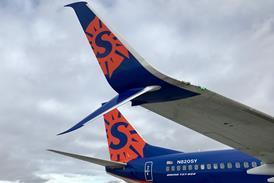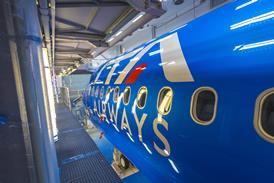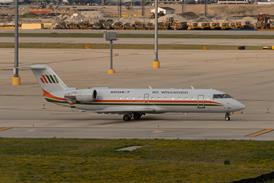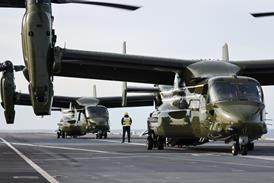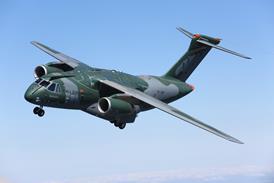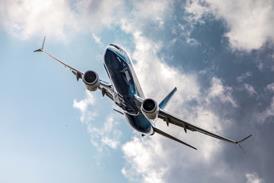The complexity and high failure rate of airline mergers make it critical to choose the right approach to the entire undertaking. An air carrier can zero in on the appropriate approach by considering the following five key questions.
Acquire or Merge?
The term "merger of equals" frequently appears in deal-day announcements. While the phrase has an obvious emotional appeal, following through on the underlying promise adds a layer of difficulty to the process.
If a large portion of the benefits in the merger will accrue from transfer of best practices, valued staff and proprietary processes from the acquired company, then a true merger of equals approach may be warranted. However, do not say it if you do not intend to live up to it. Staff of the target company will watch every move you make, looking for signs that you are beginning to behave like an acquirer. The general rule here is to under-promise and over-deliver.
Fix now or wait?
Integration is a great time to step back and redesign functions and processes that are not working well. Indeed, much of the value in the integration will come from "re-inventing" the company. But should you integrate and fix everything at once?
Full integration - combined with complete application of best practices - increases the potential up side, but also increases complexity and therefore takes more time. Airlines with overlapping networks where network and cost synergies are significant will often want to integrate nearly everything, and do so quickly, leaving the "fixing" for later. Mergers with more elusive synergies, such as those of airlines in far different economic situations, may want to do less integrating and more "fixing."
Speed or caution?
Quick integration can accelerate value capture, but can also create more operational and customer service risk. Speed is most appropriate when the airlines' route structures need aggressive rationalization, when one airline is financially at risk and when it is clear who the "winner" is.
Slower, more careful integration minimizes the customer service risk, but delays synergy capture. This approach is more appropriate in "merger of equals" situations, or where schedule integration is particularly complex. A useful guiding mantra is that the extra planning must pay for itself.
Which sequence?
Typically, a full integration has four key "gates" or dates: organizational/management rationalization, schedule integration, IT "cut-overs" for frontline systems and seniority list integration (where operations are being integrated). Each gate requires different lead times: 2-3 months for organizational rationalization, 6-9 for schedule integration, 9-12 for IT cut-overs, and 12-18 for seniority integration.
One key planning task is to appropriately sequence these events. Should all occur on the same day? That simplifies the process, but increases the risk. Should schedule integration proceed first and labour consolidation come later? That creates synergies but also results in awkward customer and peer-to-peer interfaces. The merger leadership team needs to outline a process that matches its capabilities but that can also be executed smoothly.
One brand or two?
Particularly in cross-border mergers - especially if the carriers are national flag carriers - there is often a question about whether or not to keep both brands. It is often politically unacceptable for governments to relinquish national identity in the brand.
This decision is not always up to the carriers involved. In cross-border mergers, regulations govern how an airline operates in other countries. These restrictions may limit the extent of brand integration and add more cost and complexity to the merger process. Given the global differences in legal systems, airlines typically need country-specific solutions.
Source: Airline Business

